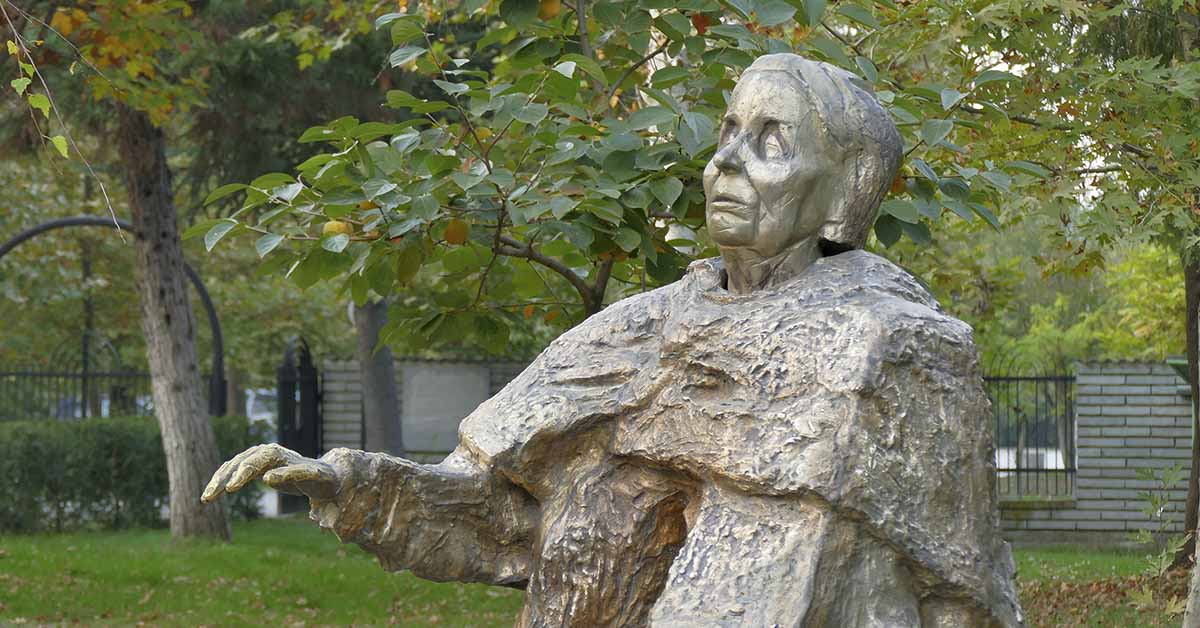Fear spreads faster than facts in our digital age. Ryo Tatsuki, a former manga artist, has millions worried about a July 2025 tsunami based solely on her dreams. Travel bookings to Japan have dropped sharply, with some agencies reporting declines of up to 50 percent, already dealing a heavy blow to the country’s travel sector. The 70-year-old artist says the ocean south of Japan will “boil,” causing a huge tsunami that could hit many Asian countries. But before you change your vacation plans, remember there is no scientific evidence to back up her prediction. Sometimes, dreams are just dreams.
Who Is Ryo Tatsuki?
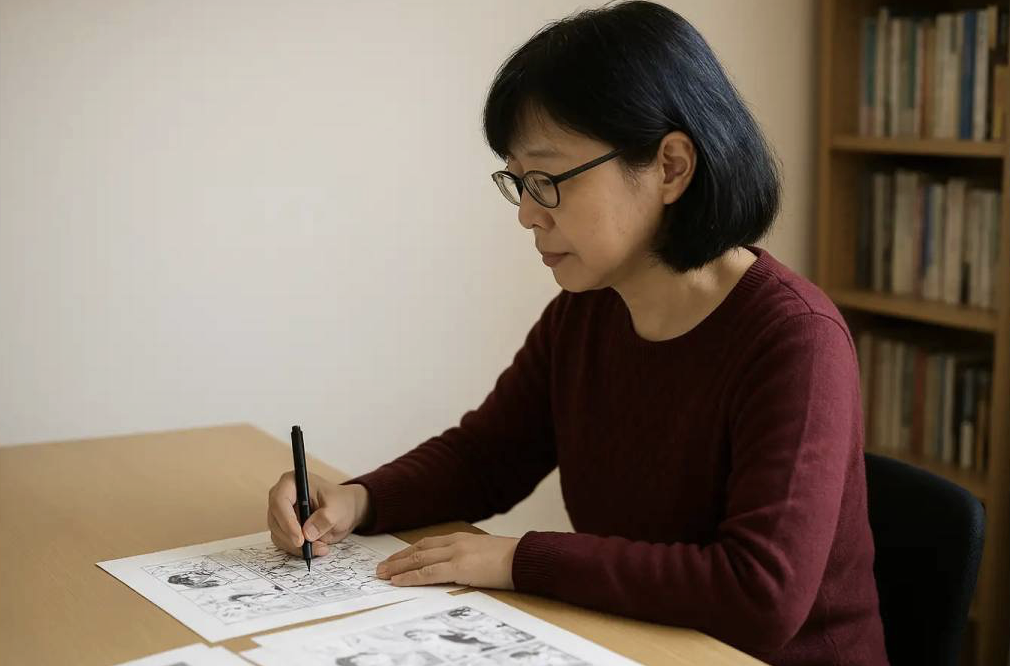
Ryo Tatsuki used to be a Japanese manga artist who started having strange dreams about disasters in the 1980s. She started to record these dreams in a personal diary and published them as a comic book called “The Future I Saw” in 1999. The book got little attention until 2011 when Japan suffered a massive earthquake and tsunami in March. People remembered her book mentioned that exact month, making her famous overnight. Now 70 years old, people call her Japan’s new version of Baba Vanga, after the legendary Bulgarian mystic who accurately predicted world events like 9/11 and Princess Diana’s death before dying in 1996.
Read More: Another One of Nostradamus’ Predictions Has Come True – 400 Years After It Was Written
The July 2025 Prediction Explained
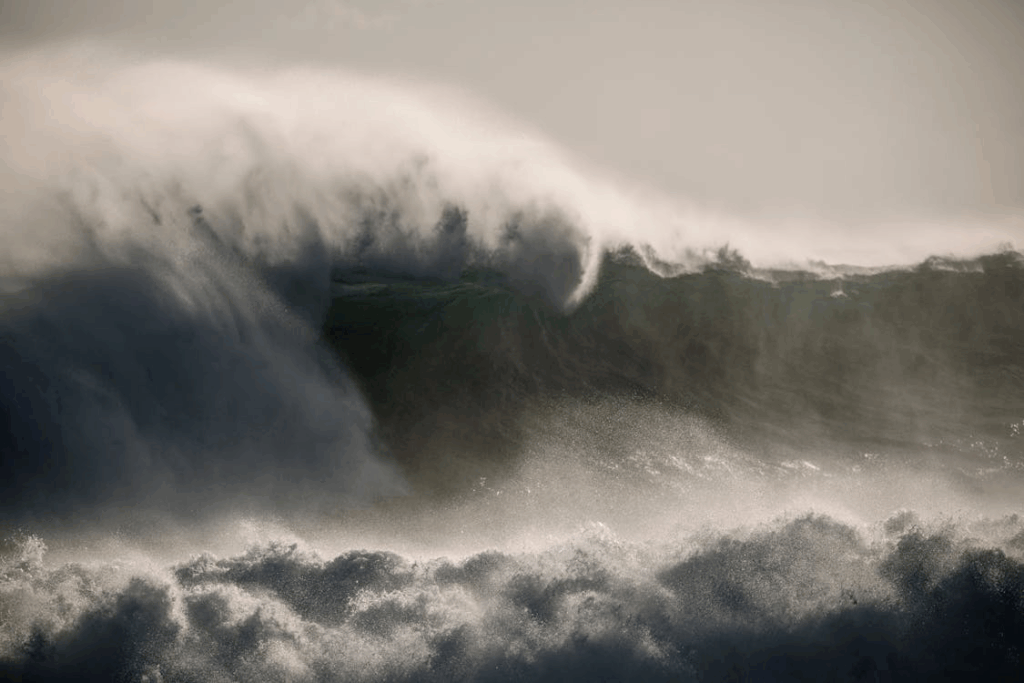
The Japanese Baba Vanga describes seeing the Pacific Ocean south of Japan bubbling like boiling water in her latest dream. She believes this vision points to an underwater volcanic eruption that will trigger a mega-tsunami. According to her, the disaster would strike a diamond-shaped area covering Japan, Taiwan, Indonesia, and the Northern Mariana Islands. She claims the tsunami will be three times worse than the 2011 disaster that killed over 18,000 people in Japan. Tatsuki published this warning in a revised edition of her book in 2021. The prediction has since spread quickly on social media, fueling fear among potential travelers.
Travel Industry Feels the Impact
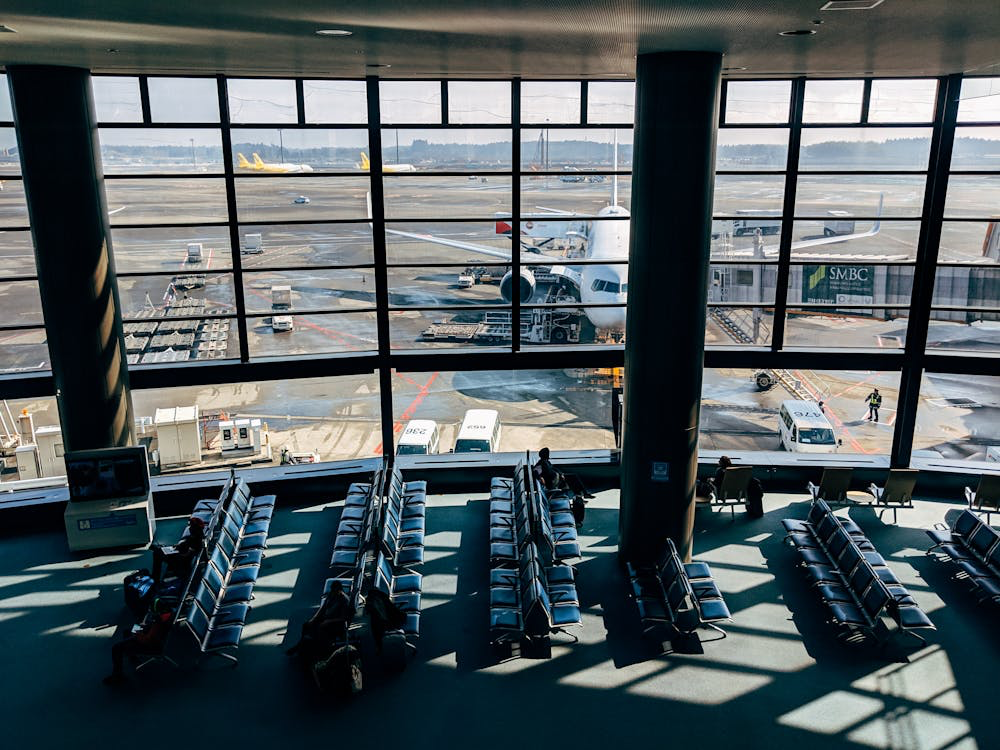
The economic fallout from Tatsuki’s prediction is already being felt, despite the lack of scientific evidence behind it. CN Yuen, managing director of WWPKG travel agency, reported that “bookings to Japan dropped by half during the Easter holiday” and are expected to dip further in the coming months. Travel agencies across Asia say customers are canceling or postponing trips scheduled for July 2025. Some tourists are adjusting their vacation plans to avoid the predicted disaster zone altogether. Airlines and hotels in the region are already reporting financial losses. Anxieties provoked by these prophecies have become “ingrained,” with people saying they “want to hold off their trip for now.”
Read More: How 18 Earth Day Predictions from 1970 Failed to Stand the Test of Time
Examining Ryo Tatsuki “Track Record”
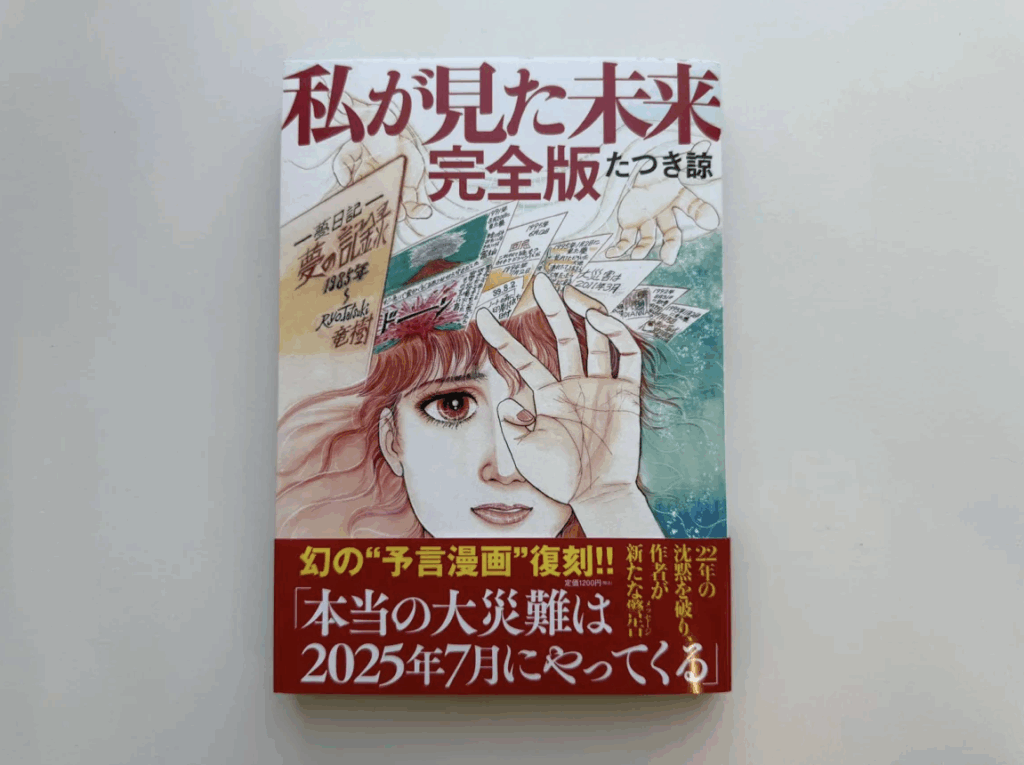
Tatsuki’s reputation comes from claims that she predicted several major disasters through her dreams. Supporters say she foresaw Freddie Mercury’s death in 1991, the 1995 Kobe earthquake, Japan’s 2011 tsunami, Princess Diana’s death in 1997, and even the COVID-19 pandemic. These alleged forecasts have given her credibility among believers, many of whom now take her 2025 tsunami prediction very seriously. After 2011, her book became a highly sought-after collector’s item, with copies commanding premium prices online. Social media has amplified her reputation, framing her as a reliable prophet to millions of followers around the world.
The Reality Behind Her “Accurate” Predictions
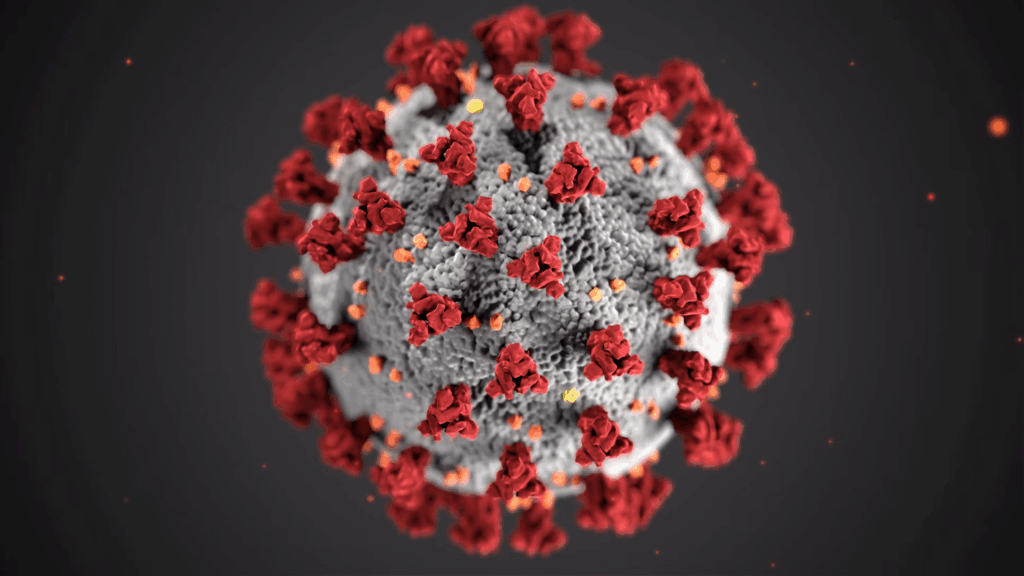
A closer look reveals that misinformation and misunderstandings have built Tatsuki’s reputation more than actual predictions. An impersonator posted her widely circulated COVID-19 “prophecy” on Twitter in 2020, not Tatsuki herself. That account had lifted its content from Dean Koontz’s 1981 novel The Eyes of Darkness. Many of the events she’s credited with predicting had already occurred by the time she published her book in 1999. Critics say her visions are “too vague to be taken seriously.” Social media hype and retroactive interpretation have largely created her so-called “accurate track record.”
The Princess Diana Prediction Mystery

One of the Japanese Baba Vanga’s most widely cited predictions involves the death of Princess Diana. Supporters claim she wrote “Diana? Died?” in her diary on August 31, 1992, exactly five years before Diana died in a car crash on August 31, 1997. However, an examination of her original 1999 manga comic shows the word “DIANNA” faintly printed in the background of a single panel. There is no confirmed evidence that this diary entry ever existed, and this vague reference was believed by many as a prophecy after Diana’s death. This example makes it clear that if something is unclear, people might later say it was a “prediction” once things play out.
Ryo Tatsuki Predictions: What The Scientists Say
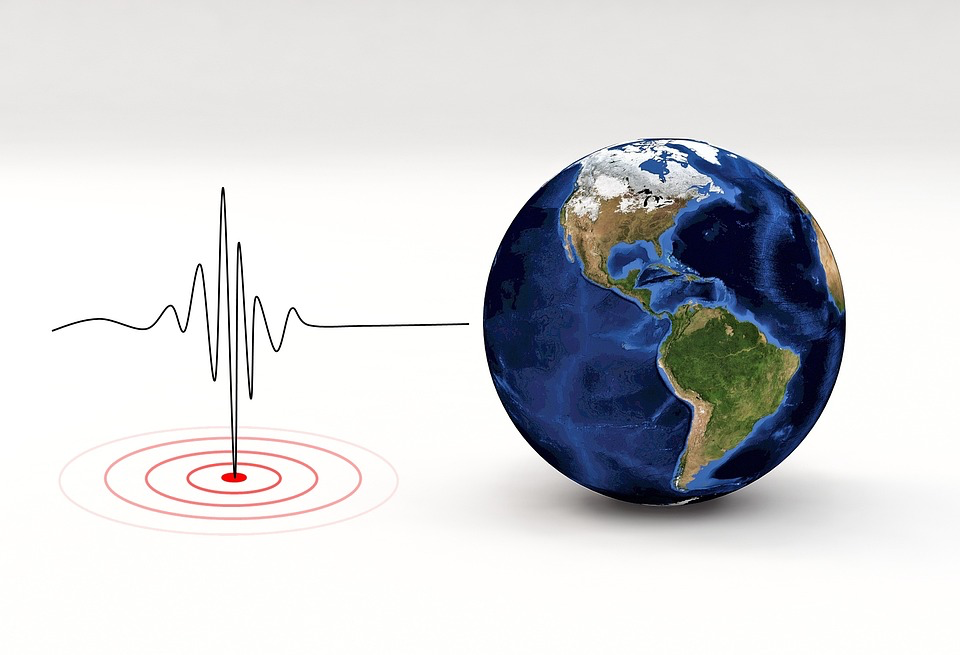
Earthquake experts rely on scientific instruments and geological data rather than dream journals to predict disasters. Japan’s Meteorological Agency continuously monitors seismic activity and has issued no warnings for July 2025. Japan’s Cabinet Office explained that “modern technology has yet to be able to accurately predict an earthquake.” Real predictions require detecting precursor signals such as unusual seismic swarms, ground deformation, or changes in underwater volcanic activity, none of which are currently present. While Japan sits in the earthquake-prone Pacific Ring of Fire, genuine predictions require years of data analysis and advanced monitoring technology. The absence of official warnings from credible authorities should reassure travelers and investors alike.
The Reality of Dream-Based Predictions
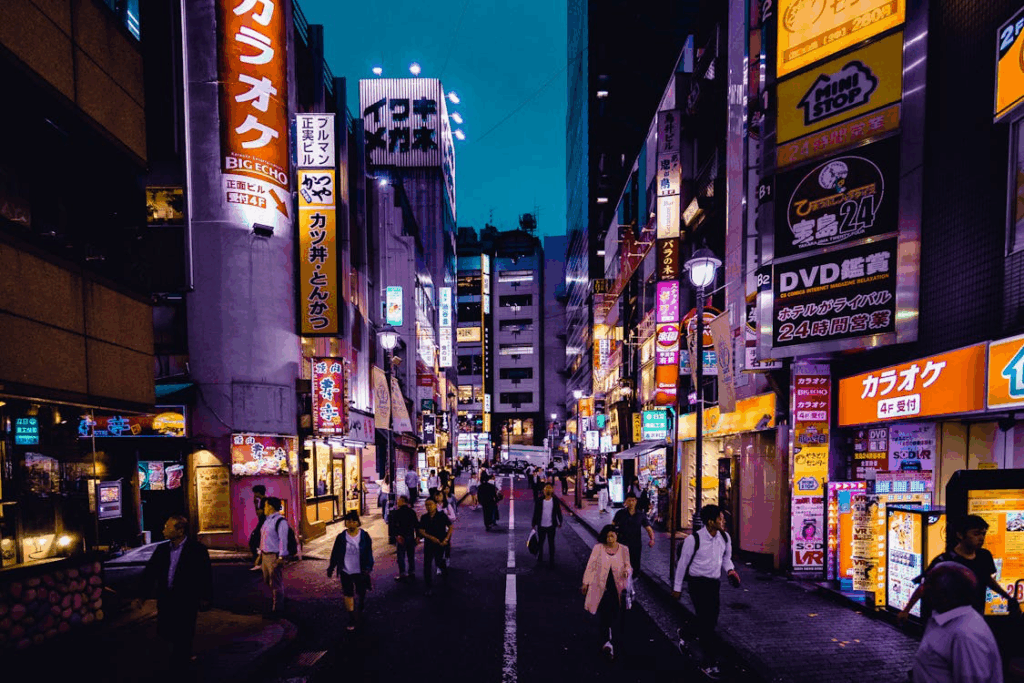
The fear surrounding the Japanese Baba Vanga’s July 2025 prediction demonstrates how misinformation can inflict real economic harm. Social media myths and misunderstood claims have largely built her reputation as an accurate prophet, despite little evidence supporting it. Imposters fabricated many predictions attributed to her, copied content from novels, or referenced events that had already occurred. Even Tatsuki herself urged people not to be “overly swayed” by her dreams and to “act appropriately based on expert opinions.” People should consult official scientific authorities before making major decisions based on prophecies. Legitimate government sources and earthquake monitoring agencies confirm that Japan remains safe to visit. Fear may spread faster than facts, but facts ultimately provide the most reliable foundation for our decisions.
Read More: One of Baba Vanga’s ‘Predictions’ Is Set to ‘Come True’ After Part of It Has Already Happened
